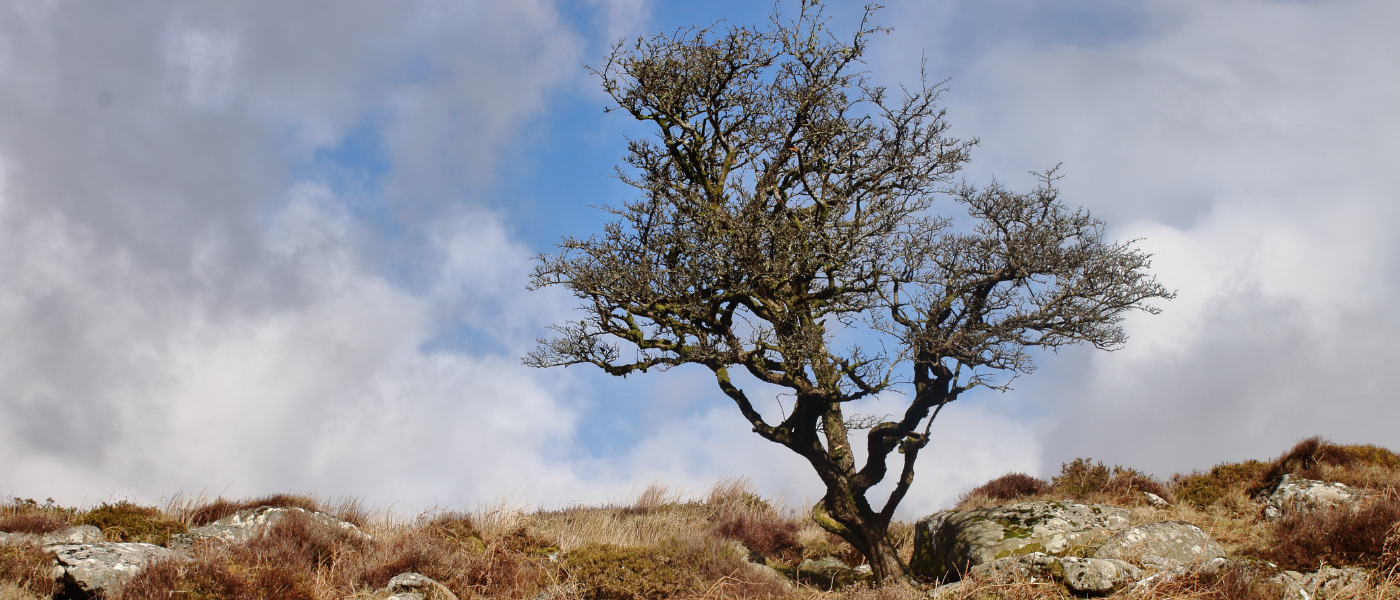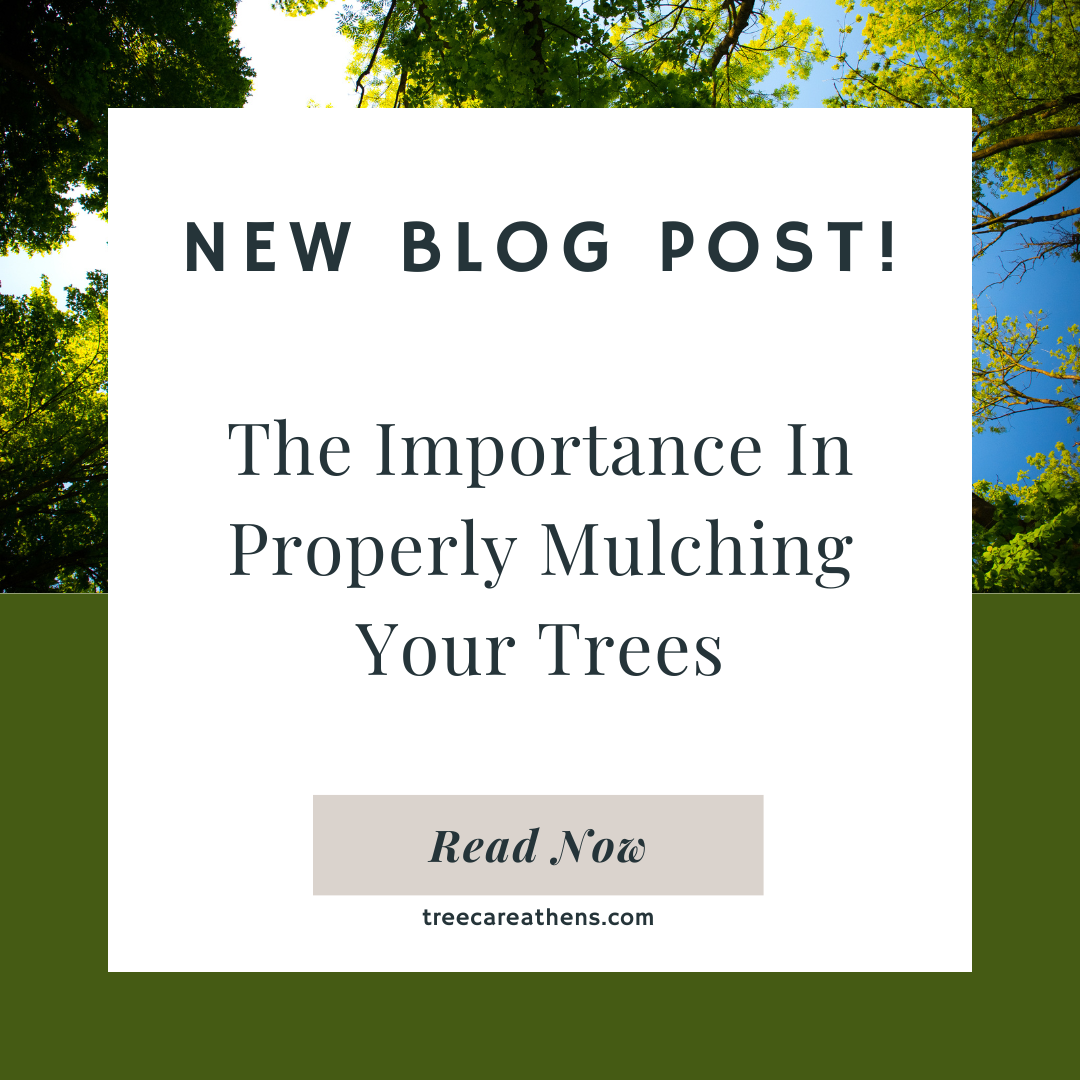10 Signs your Tree is Dying
Trees play a vital role in our environment. They provide much-needed shade and oxygen and add to the overall beauty of our surroundings. However, just like any living organism, trees can fall prey to sickness and diseases, resulting in a gradual decline and, in severe cases, even leading to their demise. In this article, we will delve into the ten telltale signs that indicate that your tree is in a state of decline or on the verge of dying. By recognizing these signs, you can take appropriate action to ensure the well-being of your beloved trees.

Dead Branches
Dead branches on a tree can be an alarming indicator of a severe problem. When these branches become brittle and break easily, it may serve as a telltale sign that the tree is in a state of decline or even approaching its demise. This occurrence could result from various factors, such as disease, pest infestation, or inadequate care. It is crucial to take prompt action and consult with an arborist to assess the tree's health and implement necessary measures to mitigate further deterioration.
By addressing the issue early on, you have the chance to save the tree and preserve the overall beauty and vitality of your surroundings. Additionally, early intervention can help prevent potential hazards, such as falling branches, which could pose risks to people or property.
Remember, regular tree care and maintenance are essential for your trees' long-term health and well-being. Stay vigilant, observe any changes in your trees, and seek professional advice when needed. Taking proactive steps now can make a significant difference in ensuring the longevity and beauty of your landscape.
Bare Branches
If your tree has lost most or all of its leaves, it may indicate that it is in a state of decline. This could be attributed to various factors, such as diseases, infestation by pests, or environmental stressors the tree has been subjected to. These factors can harm the tree's overall health and vitality, leading to the loss of its foliage. It is important to promptly identify and address these underlying issues to mitigate further damage and potentially revive the tree's condition.
When it comes to diseases, trees can be susceptible to various ailments, including fungal infections, bacterial diseases, and viral infections. Each type of disease can have different symptoms and effects on the tree's health. Similarly, pests like insects and mites can infest the tree, feeding on its leaves and weakening its structure.
Environmental stressors such as extreme weather conditions, pollution, or inadequate watering can also contribute to the tree's decline.
By closely examining the tree and its surroundings, you can identify signs of disease, pest infestation, or environmental stress. Look for discoloration, spots, or lesions on the leaves, branches, or trunk. Check for any signs of insect activity, such as chewed leaves or webs. Assess the tree's overall vigor, considering factors like leaf density, branch growth, and root health.
Once you have identified the underlying issues, taking appropriate measures to address them is crucial. This might involve applying treatments for diseases, employing pest control methods, or improving the tree's growing conditions. Consulting with an arborist or tree care professional can provide valuable insights and guidance in determining the best action.
Remember, timely intervention and proper care can help revive the tree's condition and restore its health and vitality.
Discolored Leaves
Discolored leaves on a tree can serve as an early warning sign, suggesting the possible presence of disease or nutrient deficiencies. When the leaves undergo a color transformation, turning shades of yellow, brown, or even black, it may indicate that the tree is encountering health issues, potentially leading to a decline or even mortality. To safeguard the tree's overall well-being, observing and attentively addressing these signs closely becomes crucial. We can ensure the tree's sustained health and longevity by taking appropriate measures to restore its vitality, such as implementing proper nutrient supplementation or seeking professional advice.
Fungus
If you notice the presence of fungus growing on your tree's trunk or branches, it may be an indication of decay. Fungal growth can weaken the tree's structure, compromising its resilience against pests and diseases. This, in turn, puts the overall health and vitality of the tree at risk. Therefore, promptly addressing any fungal growth is crucial to ensure your tree's long-term well-being.
Failure to address the fungal growth can result in the spread of decay, potentially leading to further complications such as rotting wood, increased susceptibility to pests, and even the eventual decline or death of the tree. It is important to remember that early intervention is key in mitigating the potential damage caused by fungal infestation.
By promptly identifying and addressing the presence of fungus on your tree, you protect its structural integrity and safeguard its ability to thrive in its environment. Regular inspection and maintenance can go a long way in preserving the health and longevity of your beloved trees, ensuring that they continue to provide shade, beauty, and ecological benefits for years to come.
Cracks in The Trunk
Cracks in the trunk of your tree can be an alarming indication of serious structural issues. These cracks may arise due to various factors such as disease, pest infestations, or environmental stressors. It is crucial to promptly address and assess these concerns to safeguard the health and stability of your tree.
Ignoring such symptoms could lead to further deterioration and irreversible damage. Over time, these cracks can widen, compromising the tree's structural integrity and posing safety risks. Additionally, they can serve as an entry point for pests and diseases, further endangering the tree's overall health.
Therefore, it is highly recommended to consult a professional arborist or tree care expert for a thorough evaluation and appropriate action. They have the expertise to identify the underlying causes of the cracks and provide tailored solutions to mitigate the issue effectively. Taking proactive measures now can help preserve the beauty and longevity of your tree for years to come.
Bark Damage
If you notice any signs of damage, such as cracks or peeling, on the bark of your tree, it may indicate that the tree is in a state of decline. This could be attributed to various factors, including infestation by pests, contraction of diseases, or even environmental stressors such as extreme weather conditions or imbalances in the soil composition.
It's crucial to closely monitor your tree's health and take appropriate measures to ensure its vitality and longevity. Regularly inspecting the foliage for discoloration, checking the trunk for signs of decay, and consulting with a certified arborist can help identify any underlying issues early on. Additionally, implementing proper watering and fertilization techniques tailored to your tree's specific needs can contribute to its overall well-being. Investing time and effort in tree care can promote a thriving and resilient ecosystem in your surroundings.
Sudden Leaning
If you notice that your tree is suddenly leaning to one side, it could indicate potential root damage or structural issues. This could be caused by various factors such as diseases, pests, or environmental stressors that have impacted the tree's stability. It's important to closely monitor the situation and consider consulting an arborist or tree care professional to assess the health and condition of the tree and determine the appropriate course of action.
Taking proactive measures to address any underlying issues can help ensure your tree's long-term health and stability. Early intervention and proper care can prevent further damage and promote the tree's well-being. By identifying the specific cause of the leaning and implementing targeted solutions, such as root treatments, trimming, or additional support systems, you can restore balance and strength to your tree.
Remember, trees are valuable assets to your property, providing shade, beauty, and environmental benefits. Investing in their care and promptly addressing any signs of instability can help preserve their health and longevity. So, don't hesitate to contact experts who can guide you in safeguarding your beloved tree and maintaining its natural beauty for years.
Sparse Foliage
If you notice that your tree's foliage is thin and sparse, it may be a sign of a nutrient deficiency or disease. This can weaken the tree, making it more vulnerable to damage and affecting its overall health and lifespan. Identifying the specific nutrient deficiency or disease is crucial, and immediate action is needed to address the issue. By providing the necessary nutrients or implementing suitable treatments, you can help restore the tree's vigor, promote healthy growth, and enhance its ability to withstand environmental stressors. Regular monitoring and proactive care are essential to ensure the optimal well-being of your beloved trees and preserve their beauty for years to come. Remember, extra attention goes a long way in nurturing and protecting these natural wonders in your landscape.
Stunted Growth
If you notice that your tree is growing slower than it should, it could indicate an underlying issue. Factors such as nutrient deficiencies, diseases, or environmental stressors, like excessive heat or poor soil conditions, can contribute to this slower growth. It is important to promptly address and rectify these potential problems to ensure your tree's healthy development, longevity, and vitality for years to come. Taking the necessary steps, such as providing appropriate fertilization, implementing pest control measures, or adjusting watering practices, can significantly improve your tree's overall well-being and growth. Remember, investing time and effort in maintaining the health of your tree now can help it thrive and flourish in the future.
Insect Infestation
If you observe an insect infestation on your tree, it could indicate a significant issue that warrants attention. Insects, such as beetles, aphids, or caterpillars, have the capability to weaken the tree by feeding on its leaves, stems, or roots. This can render the tree more vulnerable to diseases and attract other pests like ants or termites, further exacerbating the situation. Therefore, it is crucial to promptly address this problem by implementing appropriate pest control measures to ensure the tree's long-term health and vitality. Regular monitoring and timely intervention can help prevent irreversible damage and maintain the beauty and stability of your tree for years to come.
Conclusion
There are several key signs that your tree may be in a state of decline. Look for symptoms such as wilting or yellowing leaves, excessive shedding of bark, the presence of fungi or pests, or a general lack of new growth. If you observe any of these indicators, taking immediate action to safeguard your tree and mitigate further harm is crucial. One recommended course of action is to seek guidance from a certified arborist, an expert in tree care and maintenance. They can provide valuable insights and professional advice tailored to your tree's needs, ensuring its long-term health and vitality. Remember, proactive intervention is crucial in preserving the beauty and longevity of your cherished tree.
You might also like
Athens Tree Care Blog

Book a Service Today
We will get back to you as soon as possible
Please try again later
We're available
- Mon - Sun
- Open 24 Hours
This website is for lead generation purposes only


